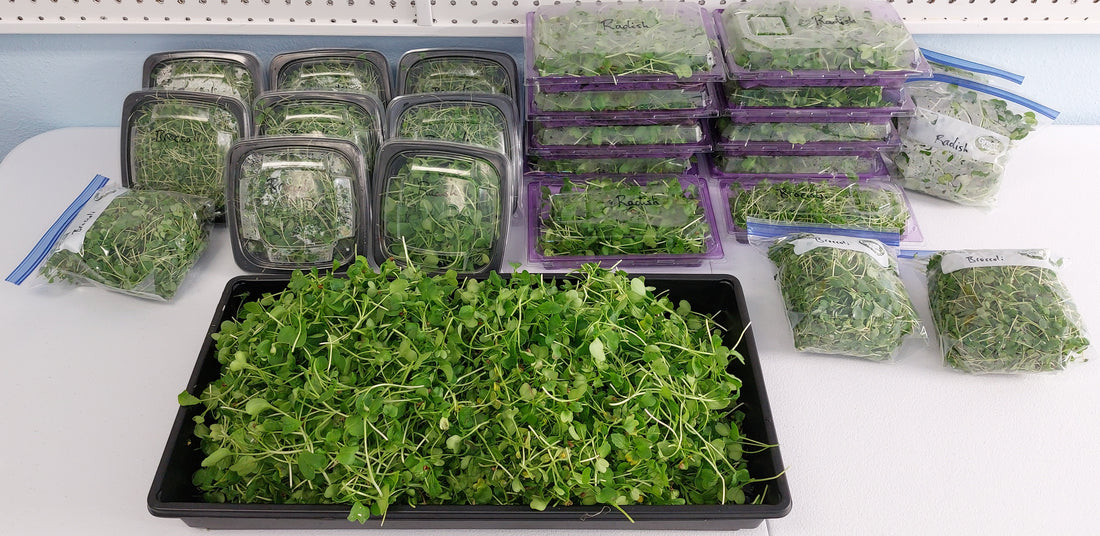The global food system is evolving, and indoor vertical farming is at the forefront of this revolution. Among the diverse crops grown in these innovative spaces, microgreens stand out as a powerhouse of nutrition and sustainability. These tiny, nutrient-dense greens are not only quick to grow but also align seamlessly with the hydroponic methods that many vertical farms employ. By prioritizing microgreens, vertical farms can enhance their profitability while contributing to a healthier society, reinforcing the concept that “food is medicine.”
Hydroponics, the method of growing plants without soil, offers unmatched efficiency for cultivating microgreens. This technique uses water-based nutrient solutions and controlled environments, eliminating the need for large expanses of arable land and reducing water usage by up to 90% compared to traditional farming. Microgreens, with their short growth cycles and minimal space requirements, are particularly suited to hydroponic systems. This synergy allows indoor farms to maximize yield in limited spaces while maintaining consistent quality.
From a nutritional perspective, microgreens are a powerhouse, often containing higher concentrations of vitamins and antioxidants than their mature counterparts. For example, red cabbage microgreens have been shown to contain up to 40 times more vitamin E and six times more vitamin C than mature cabbage. This exceptional nutrient density supports the idea that food can be a form of medicine, addressing deficiencies and improving overall health through diet. By growing microgreens hydroponically, farms can provide a steady supply of these superfoods, contributing to preventative healthcare strategies.
Economic viability is another compelling reason for vertical farms to focus on microgreens. With their rapid growth, most varieties are harvestable within 7 to 21 days, microgreens offer a quick turnaround on investment. Their high market value, driven by demand from chefs, health-conscious consumers, and wellness industries, makes them a lucrative option. Furthermore, hydroponics minimizes resource waste, cutting down operational costs and increasing profit margins.
The “food is medicine” movement emphasizes the role of diet in preventing and managing chronic diseases. Indoor farms producing microgreens hydroponically are uniquely positioned to support this mission. These farms can collaborate with healthcare providers, nutritionists, and wellness brands to deliver fresh, nutrient-packed microgreens directly to consumers. By doing so, they not only strengthen community health but also position themselves as key players in the intersection of agriculture and healthcare.
Growing microgreens hydroponically aligns with the goals of indoor vertical farming: sustainability, profitability, and health. These tiny greens embody the potential to transform diets and improve public health, while hydroponic systems provide the efficiency and scalability needed for modern agriculture. As more farms embrace this approach, they contribute to a future where food truly serves as medicine, fostering a healthier and more sustainable world.

